What’s going on with the Hyundai i30 hatch? Why can’t we buy the regular one right now? When will it come back? What will it look like? And how much will it cost?
These are questions that seem to have been vexing the local arm of the company as much as everybody else. And the confusion over what was Australia’s best-selling small car last year isn’t over yet, either.
Although the website still shows last year’s PD-series i30 hatch as being orderable, Hyundai Motor Company Australia (HMCA) has reiterated there won’t be any regular five-door models available until sometime in the second half of 2024 – including the popular N Line.
This excludes the full-fat N high-performance flagship, as well as the completely different, CN7-series i30 Sedan that is actually the seventh-generation Elantra four-door released in 2020 and sitting on a newer and larger architecture than the older i30 hatch.
Why the sudden pause on i30 hatch sales in Australia? The reason has to do with sourcing issues.
Last year, Hyundai announced it would cease production of the i30 hatch altogether in South Korea – where the small-car series hasn’t even been available since 2020 anyway – leaving the Czech Republic as Australia’s only supplier option.
Now, sourcing cars from Europe is more expensive, and not just because of freight costs. Which means that when the i30 hatch returns as the MY25 PDe (‘e’ as in Europe) series later this year, it will differ in subtle but important ways from the third-gen i30 hatch that first launched in Australia in 2017.

While the cheaper PD models came with a conventional 2.0-litre engine, manual or torque-converter auto transmissions and a torsion beam rear suspension set-up to help keep costs low, the PDe has been confirmed to include mild-hybrid technology, possibly in three- as well as four-cylinder turbo powertrain choices, along with a dual-clutch transmission and a multi-link rear end.
In other words, don’t be surprised if the least-expensive i30 hatch wears a mid-$30,000 price tag, compared to the previous PD model’s $24,000 before on-road costs base-opener.
In the age where the entry-level Mazda3 from Japan and Volkswagen Golf from Germany now breach $30,000 and $40,000 respectively, it seems inevitable that the Hyundai will likely slot in somewhere in between.
What else will change in the MY25 i30 hatch?
Spy photos suggest that there will be changes to the PDe’s nose and tail, including redesigned LED lights, grille and bumpers, while the dashboard is expected to undergo an overhaul to bring it up to date with the latest screen-heavy items as found in the newer Kona II SUV and i30 Sedan.

Such moves should at least buy the Czech Hyundai a couple of years more.
Speaking of the i30 Sedan, it is stepping up to help fill the void left by the departed PD i30 hatch, courtesy of the just-released facelift that introduces an upgraded 2.0-litre four-cylinder petrol powertrain and an all-new 1.6-litre petrol-electric hybrid option that is set to become a hot seller. After all, about 80 per cent of all Toyota Corolla sales in Australia are now hybrid.
Crucially, Australian i30 Sedan production remains out of South Korea, helping to keep the MY24 base 2.0-litre grade’s price to a reasonable $29,000 before ORC, while the Sedan Hybrid kicks off from just $33,000.
Can the strikingly-styled i30 Sedan hold the fort in the hatch’s absence for Hyundai?

“The i30 hatch is such an important nameplate for us,” according to HMCA Product Development Manager Tim Rodgers. “We invest heavily in having the best possible product when it comes to i30.
“A considerable amount of effort and strategy has gone into this model line. We understand the heritage that it has and how synonymous it is with Australian buyers. We’re quite sensitive to it. We wouldn’t like to see it go… so we’ll do everything we can to keep something there.”
Which begs the question: how long can the ageing PD/PDe design – albeit refreshed a couple of times since 2017 – keep buyers flowing through Hyundai dealer forecourts?
That “something there” that Rodgers mentions is telling, as one mooted scenario for the future of the i30 hatch in Europe is for its successor to adopt Hyundai's “eM” platform – a new, modular EV platform that promises to be more advanced yet less expensive to build when it surfaces from 2026.

Whether this points to an ‘Ioniq 3’ or ‘4’ EV as a Euro-focused i30 Hatch replacement is not yet clear.
Another is a development of a scalable ‘EV-first’ internal-combustion engine (ICE) architecture with electrification-ready engineering that can provide a hybridised base for the eighth-generation Elantra anticipated in 2026 or 2027.
Before all that, however, HMCA still has Czech-made i30 hatches to sell in Australia, at a big premium compared to the Korean-sourced versions. Will it be marketed as a sophisticated European alternative to the Golf, higher-end Mazda3s and Peugeot 308?
“How we roll out those model lines, it’s still a little bit early to say,” according to Rodgers.

“We could do something like what you’re describing (i30 Sedan at lower end of the small-car segment/i30 hatch in the premium end)… we just got to make the business case stack up, so we can actually offer a model line-up that actually makes sense.
“It all comes down to what we want the model to achieve. We’ve strengthened the i30 Sedan line-up because we know it needs to play a bit of a bigger role right now that we’re winding back on the hatch.”
Designed and engineered in Germany to take on the big-selling Golf, Ford Focus and Honda Civic, the original FD i30 that launched in Australia in 2007 was a landmark car for the brand, showing how Hyundai could be more than just a price-driven ‘drive-away/no-more-to-pay’ proposition.
This momentum increased with the pretty second-gen (GD) i30 from 2012, and then gathered even more pace with the advent of the i30 N when the PD was unveiled in late 2016.




.jpg)







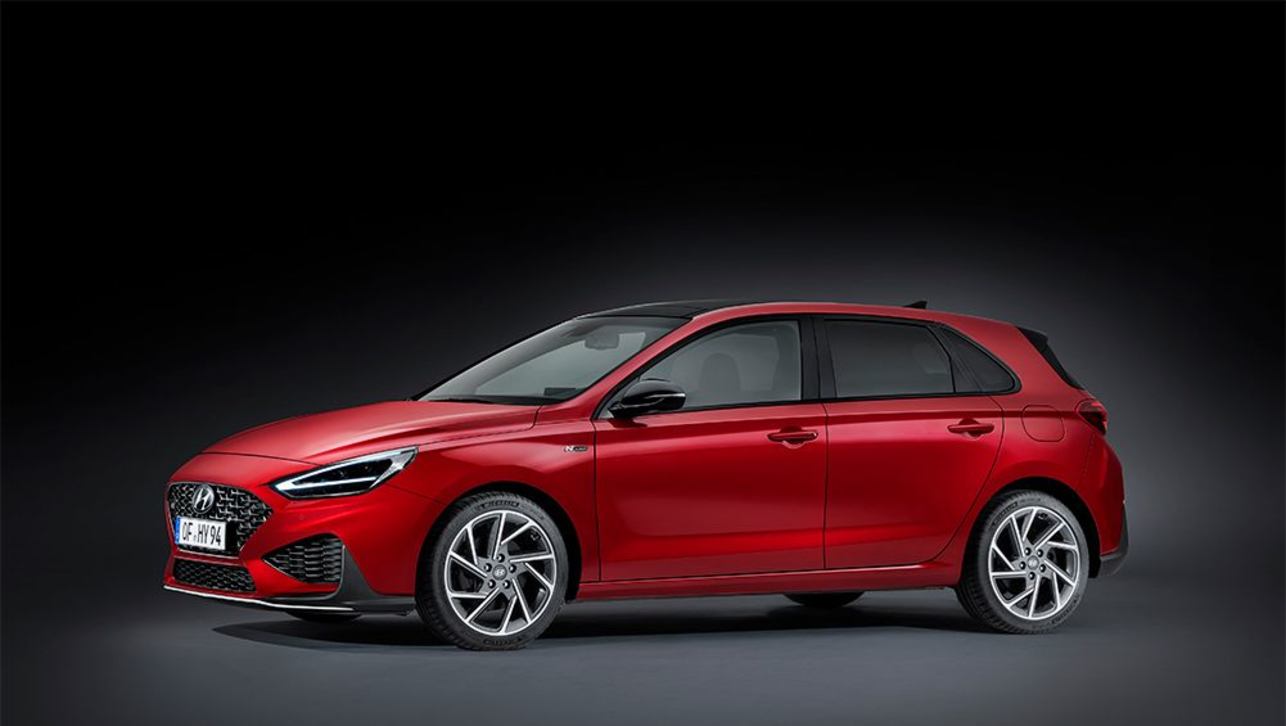
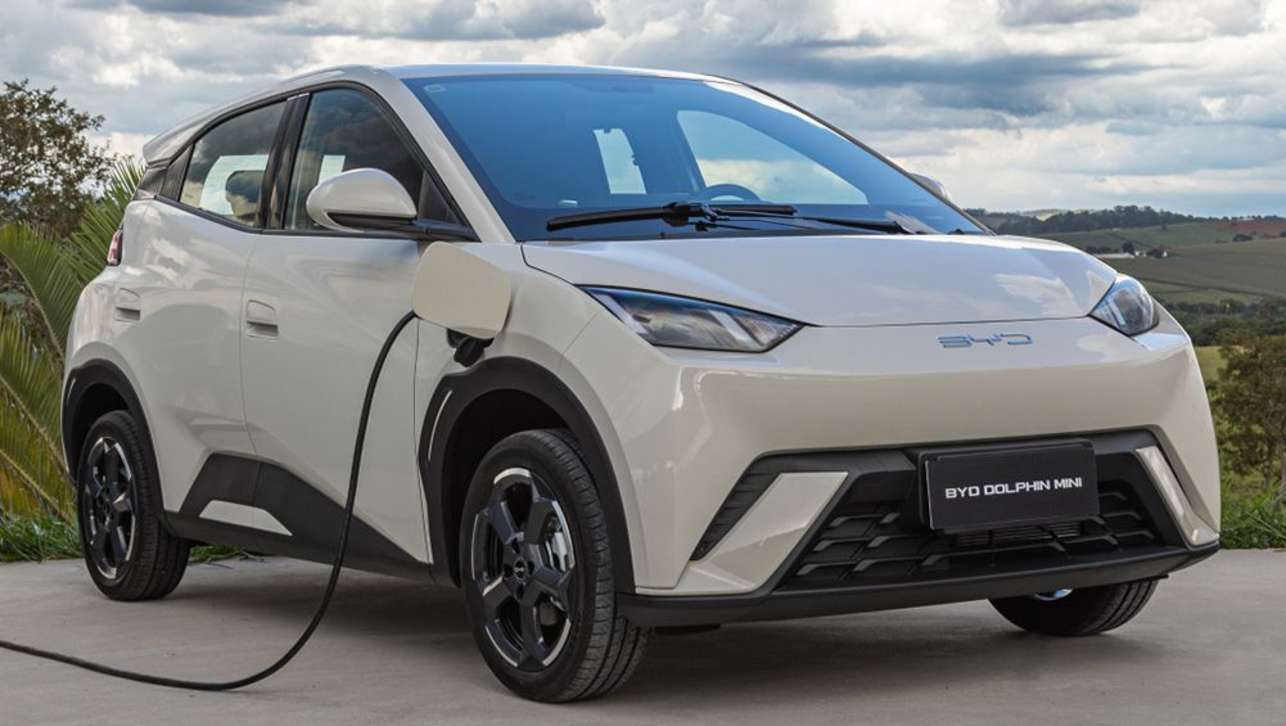
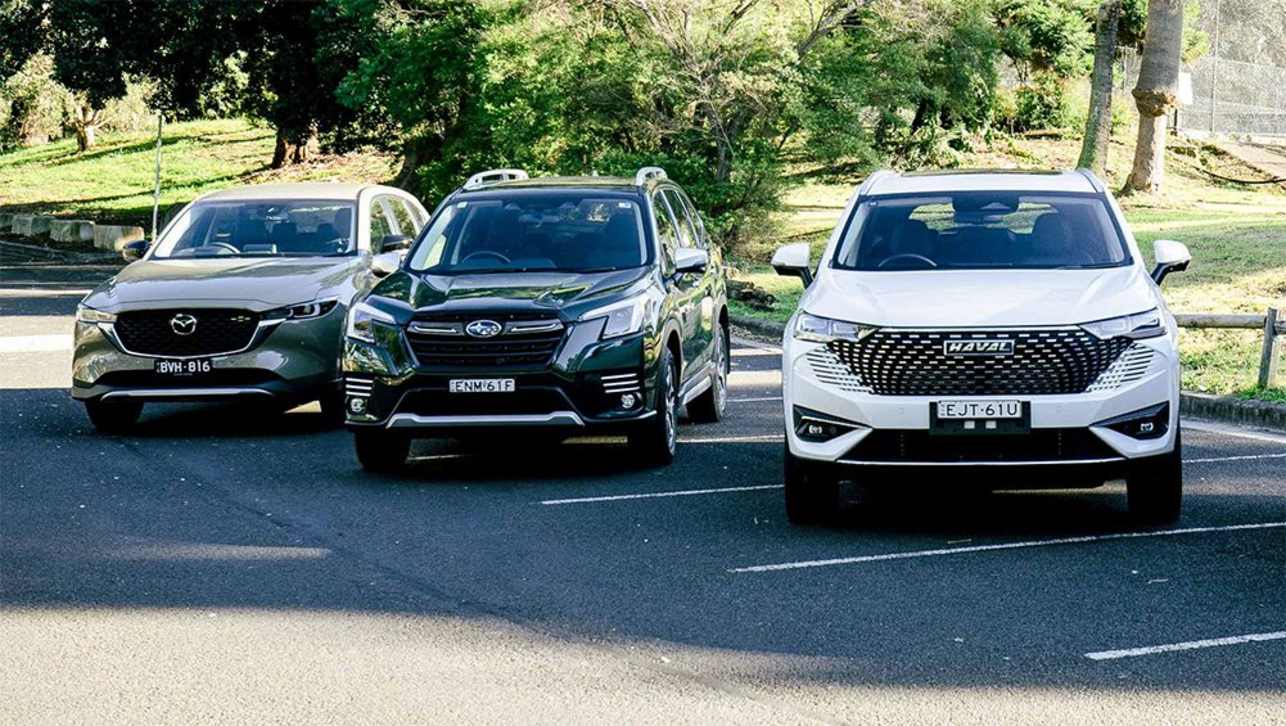
.jpg)
.jpg)
.jpg)


.jpg)
.jpg)
.jpg)

.jpg)
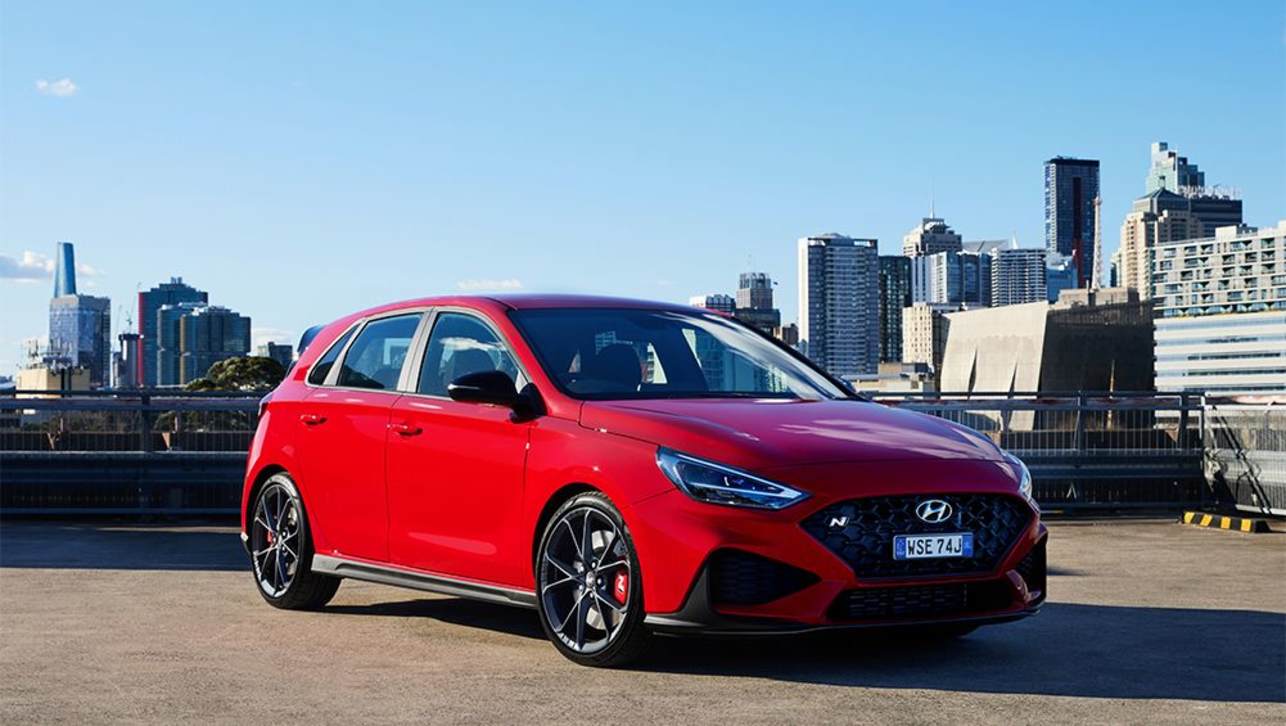
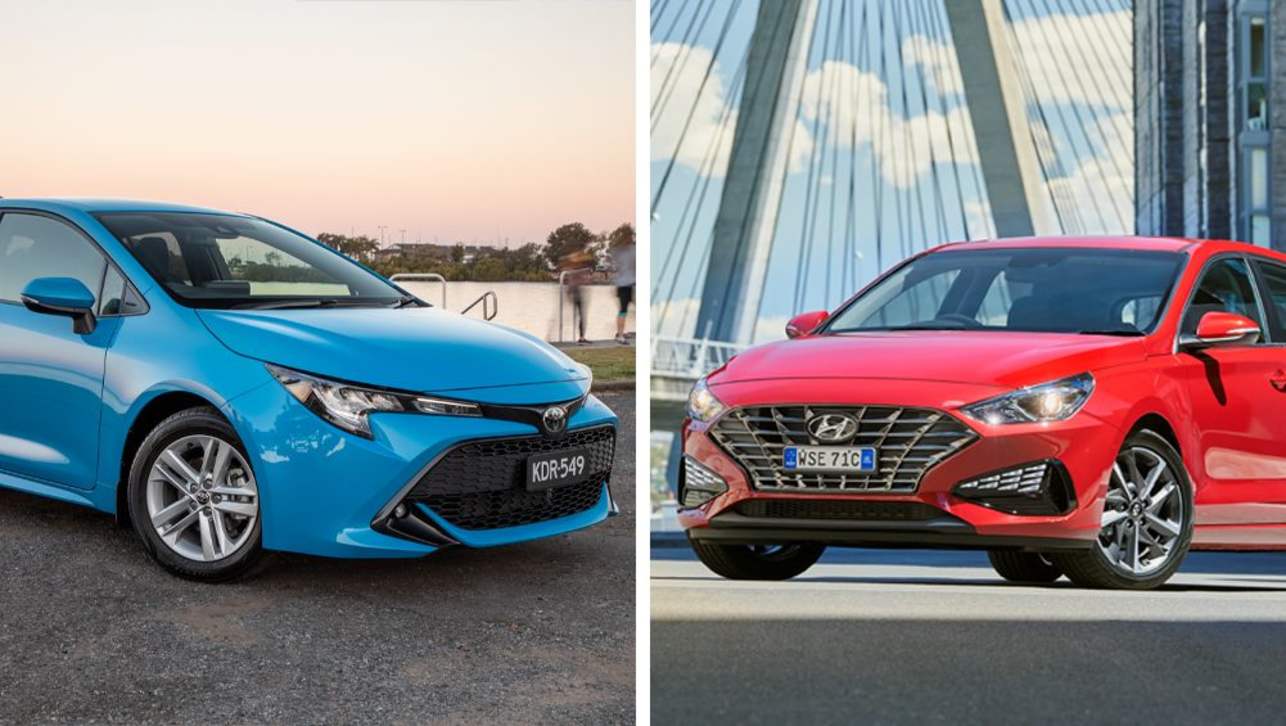




Comments